Did you know that the Earth loses several hundred tons of atmosphere to space every day?
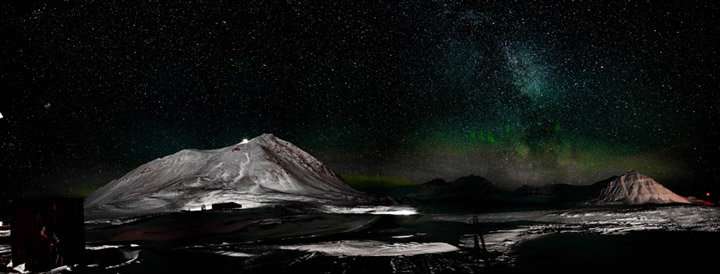
Scientists have known for some time that Earth's atmosphere loses several hundred tons of oxygen each day. They understand how this oxygen loss happens on Earth's night side, but they're not sure how it happens on the day side. They do know one thing though; they happen during auroras.
According to a press release from NASA's Earth Observatory, no two oxygen outflow events are exactly the same, which makes understanding them a challenge. They call the events 'fountains of gas' that escape the Earth during auroral activity, and the Earth Observatory has a mission dedicated to understanding them.
The mission is part of the NASA's Earth Observatory program called VISIONS-2 (Visualizing Ion Outflow via Neutral Atom Sensing-2), and it requires certain conditions. It's set in Ny Alesund, Svalbard, Norway for good reason. It's the northernmost year-round civilian settlement in the world. It has an ice-free harbour year round, and a modern rocket launch facility. There's also no sun in the winter night here to interfere with studying the auroras.
But there's something else that makes this the perfect setting for the VISIONS-2 mission. Every morning, Ny Alesund passes under a weak point in Earth's magnetic bubble. The weak point is like a funnel that channels the fierce solar wind into our upper atmosphere. That causes auroral displays, and boils the gases of our atmosphere off into the vacuum of space in an auroral fountain.
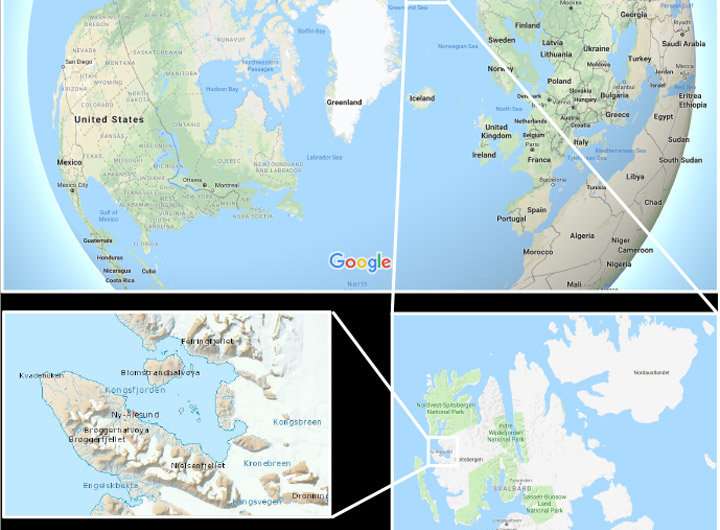
Recently, researchers with VISIONS-2 launched two sounding rockets to investigate oxygen loss during auroras. Sounding rockets are small, targeted rockets that can be launched quickly. In this case, the two rockets were loaded with cameras and other instruments, and prepared for launch.
The launch team has to be very patient. But of course, they have technology on their side. They don't have to wait until they see the aurora, they have advanced notice of an aurora thanks to the Deep Space Climate Observatory (DSCOVR) satellite.
DSCOVR is the NOAA's solar wind observatory. It sits out at the LaGrange point between the Earth and the Sun and tells the VISIONS-2 team when the solar wind is powerful enough and oriented the right way to cause auroras. At best, the team gets about an hour warning.
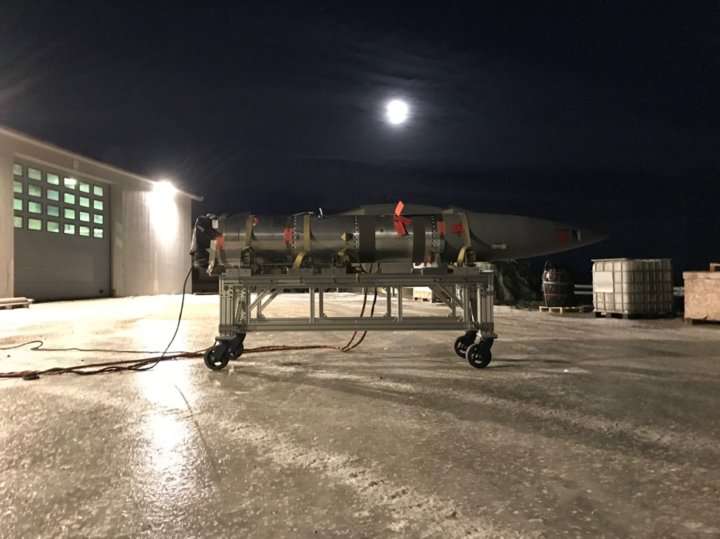
Even with advanced warning, the team is cautious. If the solar wind turns out to be too weak, then they will have wasted the launch. If terrestrial wind conditions in Earth's atmosphere are too strong, that's also a problem. The rockets are unguided, so they have to be oriented before launch to account for winds. Luckily, the team has another tool at their disposal, weather balloons launched every 30 minutes, as needed, to test the wind.
The rockets were staged in Ny-Ålesund, Svalbard (Norway), and the researchers waited for an aurora before launching the pair. On December 7th, 2018, the researchers launched the two rockets during an aurora. The photo below is a long exposure of the rockets, which captures both launches even though they occurred a couple minutes apart.
The mission used a pair of rockets so they could use a mix of different instruments in each. Some instruments required a spinning platform and some didn't. A pair of rockets launched with a couple minutes between them also allowed similar instruments to take readings over time. The above image shows the first stage ignitions and burnouts of the two rockets, as they were sent on their mission to study oxygen loss in Earth's atmosphere.
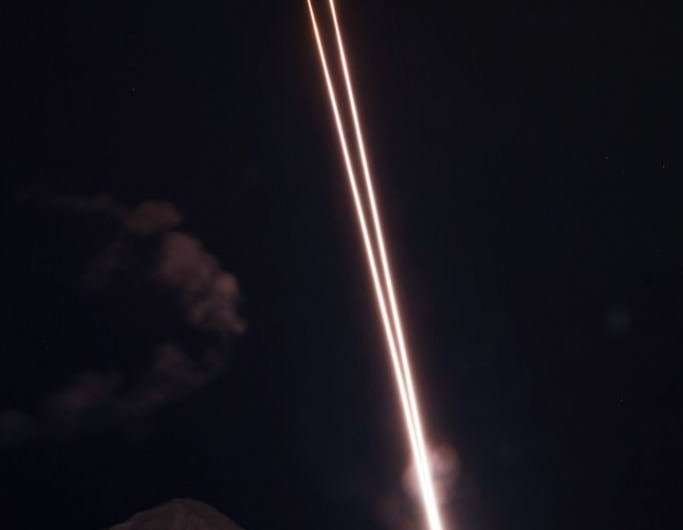
"We had such an amazing experience building these very complex and capable payloads, integrating and testing them at Wallops, then bringing them to the field," said Doug Rowland, principal investigator for the mission and a space physicist at NASA's Goddard Space Flight Center. "The launch was a very emotional moment, even more so when we saw that all the instruments had performed well and the science conditions were good."
After launch, there's ten minutes for the rocket to do its work in the atmospheric fountain. Neutral atom imaging cameras build a picture of the fountain from within and without. The auroral camera documents the aurora itself, its temperature, intensity, and height. If all goes well, the research team is rewarded with a 'wall of science.'
The December 7 launch appears to have been successful. An early look at the data shows that the instruments functioned properly and returned the intended data. "I believe we did see the 'atmospheric fountain,'" said Rowland. The data still need to be analyzed and scaled, "but we may have evidence of it from multiple perspectives."
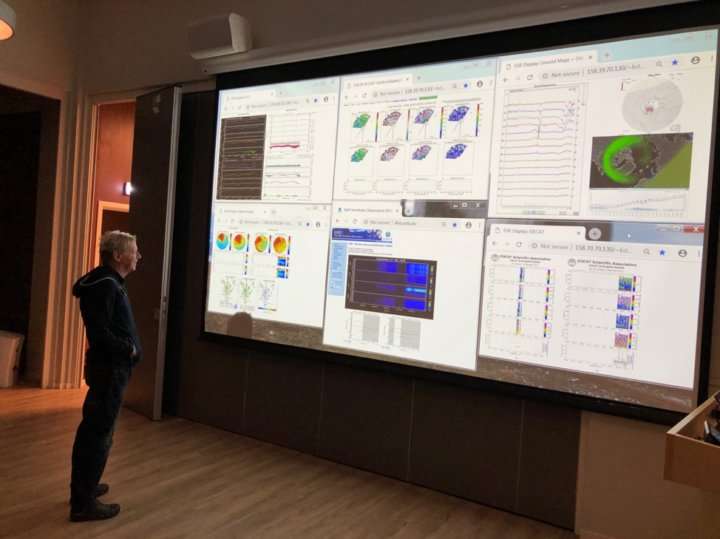
Earth, obviously, is a dynamic, living, active planet. There's a lot going on here. The VISIONS-2 project is designed not only to help us understand our own planet better, but other planets as well. Which planets are habitable? Why are some so desolate? How did a planet like Mars, which once had an atmosphere, lose it?
Earth's atmosphere won't be gone anytime soon. Not until the sun goes red giant in about 5 billion years, anyway. At that distant point in time, the expanding Sun will boil our atmosphere away like nothing. Then we're done.
The amount of oxygen (and hydrogen) lost from Earth's atmosphere during these auroras is miniscule. Several hundred tons each day might sound like a lot, but it isn't. In any case, photosynthesis helps restore oxygen. It's still an important piece of the puzzle for understanding how things work, though, and what the details are in the relationship between Earth and its star.
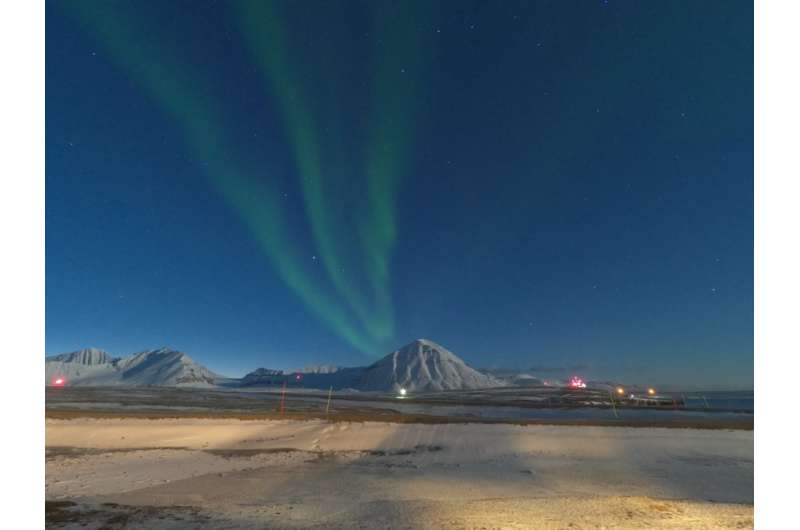
Source Universe Today



















